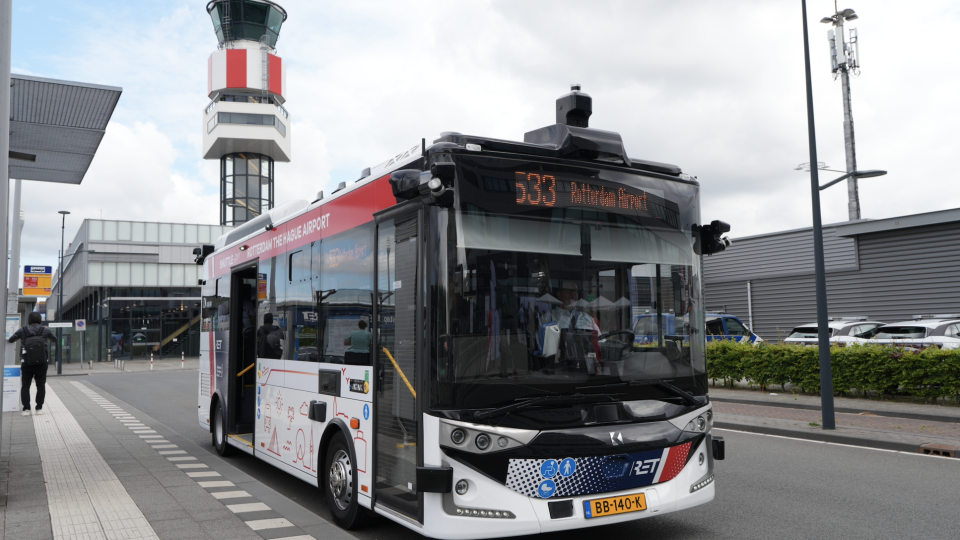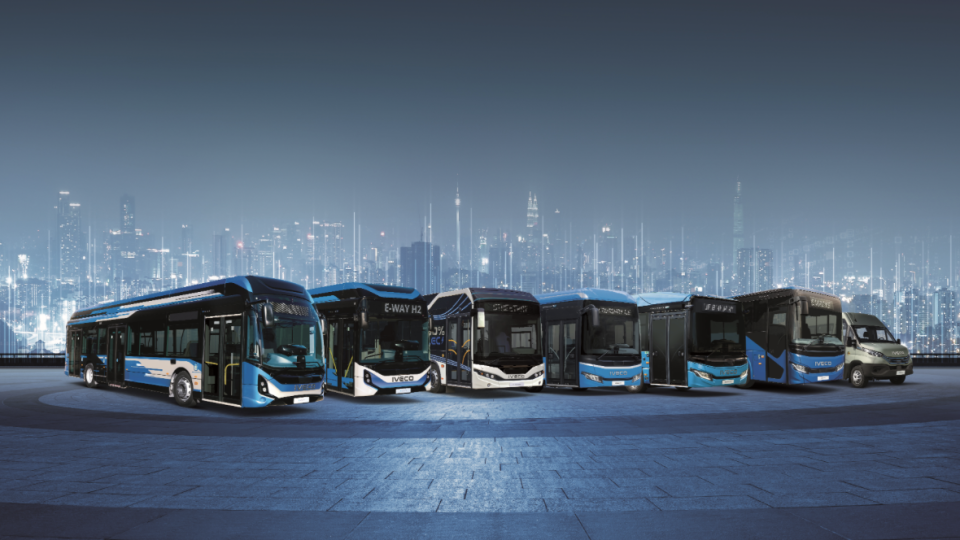The EU Commission’s proposal on Euro VII. Investments on ICEs will impact on energy transition, ACEA says
The targets set for 2035 are a 35% reduction in nitrogen oxides (NOx) compared to Euro 6 and a 56% reduction compared to Euro VI for trucks and buses. A reduction in particulate matter (PM) emissions in the order of 13% from cars and vans and 39% from buses and lorries is also targeted. This, […]

The targets set for 2035 are a 35% reduction in nitrogen oxides (NOx) compared to Euro 6 and a 56% reduction compared to Euro VI for trucks and buses. A reduction in particulate matter (PM) emissions in the order of 13% from cars and vans and 39% from buses and lorries is also targeted. This, at least, is the proposal released yesterday by the European Commission concerning Euro 7/VII standards.
Now Commission’s proposal requires approval from member states and the European Parliament. Suggested implementation dates: July 2025 for cars and vans and July 2027 for heavy-duty vehicles.
The proposal tackles emissions from tailpipes as well as from brakes and tyres. It also contributes to achieving the new stricter air quality standards proposed by the Commission on 26 October 2022.
ACEA’s comments
“The auto industry takes its role to reduce both CO2 and pollutant emissions very seriously. Indeed, last year we made a very constructive proposal for a new Euro 7 which would bring a major reduction in criteria pollutants, thus improving air quality,” explained Oliver Zipse, ACEA President and CEO of BMW. “Unfortunately, the environmental benefit of the Commission’s proposal is very limited, whereas it heavily increases the cost of vehicles. It focuses on extreme driving conditions that have hardly any real-life relevance.”
ACEA stresses that “Euro VII proposal is particularly harsh for trucks. It completely neglects the rapidly accelerating shift to zero-emission vehicles, and also ignores the effect of future CO2 targets for heavy-duty vehicles”. And the same applies to buses.
“To comply with Euro VII, truck makers will have to move substantial engineering and financial resources from battery and fuel-cell electric vehicles back to the internal combustion engine. This will severely impact our transition to zero-emission vehicles. It is not good for the climate, not good for people’s health and not good for the industry,” stated Martin Lundstedt, CEO of Volvo Group and Chairperson of ACEA’s Commercial Vehicle Board. “Policy makers should focus on measures that accelerate fleet renewal, prioritising investments in zero-emission vehicles, which will have a far bigger impact on both air quality and reduced CO2 emissions,” said Lundstedt.
The Euro 7/VII legislative package will likely not be ready before mid-end 2024, especially considering the long list of additional tests it covers. The proposed implementation dates – July 2025 for cars and vans and July 2027 for heavy-duty vehicles – are unrealistic, given the huge number of vehicle models and variants that need to be developed, engineered, tested and type approved before then. Euro 7/VII therefore risks being very complex and costly, ACEA cautions.
The new requirements based on the Euro 7 standards
The text released by the EU Commission mentions that vehicles will have to meet the standards for a longer period than hitherto, i.e. 200,000 kilometres (or 10 years) instead of 100,000 kilometres or five years. The new standards will also regulate the durability of batteries in electric cars and vans to minimise the share of raw materials used.
“The proposal replaces and simplifies previously separate emission rules for cars and vans (Euro 6) and lorries and buses (Euro VI). The Euro 7 standards rules bring emission limits for all motor vehicles, i.e., cars, vans, buses and lorries under a single set of rules. The new rules are fuel- and technology-neutral, placing the same limits regardless of whether the vehicle uses petrol, diesel, electric drive-trains or alternative fuels”, Commission writes. They will help to – in the words of EU Commission:
- Better control emissions of air pollutants from all new vehicles: by broadening the range of driving conditions that are covered by the on-road emissions tests. These will now better reflect the range of conditions that vehicles can experience across Europe, including temperatures of up to 45°C or short trips typical of daily commutes.
- Update and tighten the limits for pollutant emissions: limits will be tightened for lorries and buses while the lowest existing limits for cars and vans will now apply regardless of the fuel used by the vehicle. The new rules also set emission limits for previously unregulated pollutants, such as nitrous oxide emissions from heavy-duty vehicles.
- Regulate emissions from brakes and tyres: the Euro 7 standards rules will be the first worldwide emission standards to move beyond regulating exhaust pipe emissions and set additional limits for particulate emissions from brakes and rules on microplastic emissions from tyres. These rules will apply to all vehicles, including electric ones.
- Ensure that new cars stay clean for longer: all vehicles will need to comply with the rules for a longer period than until now. Compliance for cars and vans will be checked until these vehicles reach 200,000 kilometres and 10 years of age. This doubles the durability requirements existing under Euro 6/VI rules (100,000 kilometres and 5 years of age). Similar increases will take place for buses and lorries.
- Support the deployment of electric vehicles: the new rules will regulate the durability of batteries installed in cars and vans in order to increase consumer confidence in electric vehicles. This will also reduce the need for replacing batteries early in the life of a vehicle, thus reducing the need for new critical raw materials required to produce batteries.
- Make full use of digital possibilities: Euro 7 rules will ensure that vehicles are not tampered with and emissions can be controlled by the authorities in an easy way by using sensors inside the vehicle to measure emissions throughout the lifetime of a vehicle.








